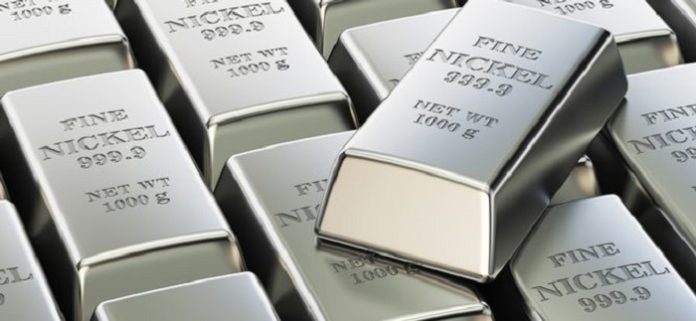The global markets of nickel, lithium, and cobalt – three of the key metals used in electric vehicle batteries – are expected to be in surplus in 2022, an analyst with Chinese state-backed research house Antaike said on Friday.
The nickel market could see an excess of 111,000 tonnes globally in 2022 and a surplus of 122,000 tonnes in 2023, swinging from a deficit of 157,000 tonnes in 2021, said chief analyst Xu Aidong at the Antaike China battery metals conference.
New capacity in Indonesia could raise global nickel production 20 percent annually in 2022 to 3.14 million tonnes and another 8 percent in 2023 to 3.41 million tonnes, data from Antaike showed.
Antaike forecast the average price of nickel on the London Metal Exchange to fall an annual 20 percent in 2023 to $20,000 a tonne, following a 35 percent jump in 2022 to $25,000 a tonne that was partly due to an LME nickel trading crisis in March. However, short-term nickel prices could be supported by rising ore and electricity costs. A potential Indonesian nickel export tax would also push up short-term prices, she added.
“Once the tax is imposed, nickel prices will rise in short term. But it’s unlikely to last as production ramp-up would exert some downward pressure on the market,” Xu said. The global lithium market is expected to be in a surplus of 30,000 tonnes of lithium carbonate equivalent (LCE) this year, expanding from a 6,000-tonne LCE surplus in 2021.
However, the Chinese lithium market bucked the global trend. Antaike forecast a deficit of 12,000 tonnes of LCE for China in 2022. Chinese lithium prices surged as demand from the booming EV industry outpaced the slow growth in the upstream sector due to slow approvals and emission restrictions, Xu said. China’s recent power rationing in Sichuan and Zhejiang provinces – both major lithium production hubs – also lent support to prices.
“Lithium prices will stabilize only when supply growth matches demand growth,” Xu said.








